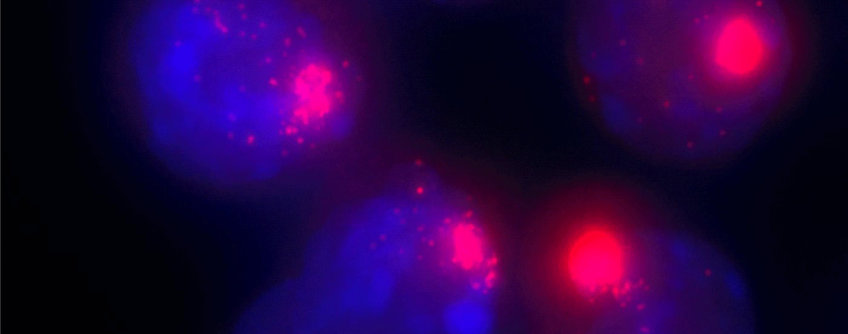Nothing works with incomprehensible code – not even a cell. Patrick Cramer is carrying out research on the enzyme that transcribes the DNA code to enable a protein to be synthesized from a gene. To do so, he relies on high-resolution microscopes and artificial intelligence.
more


